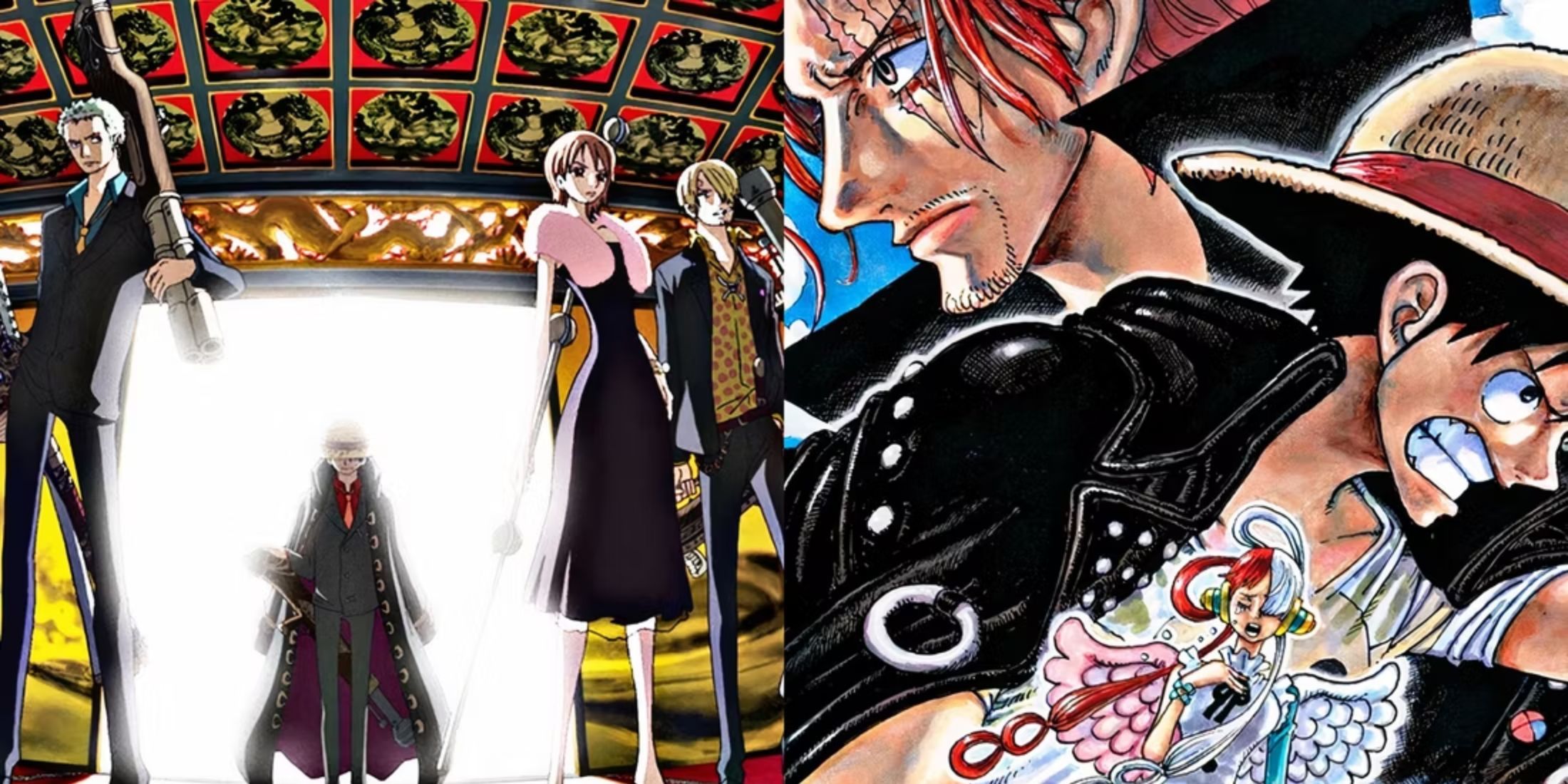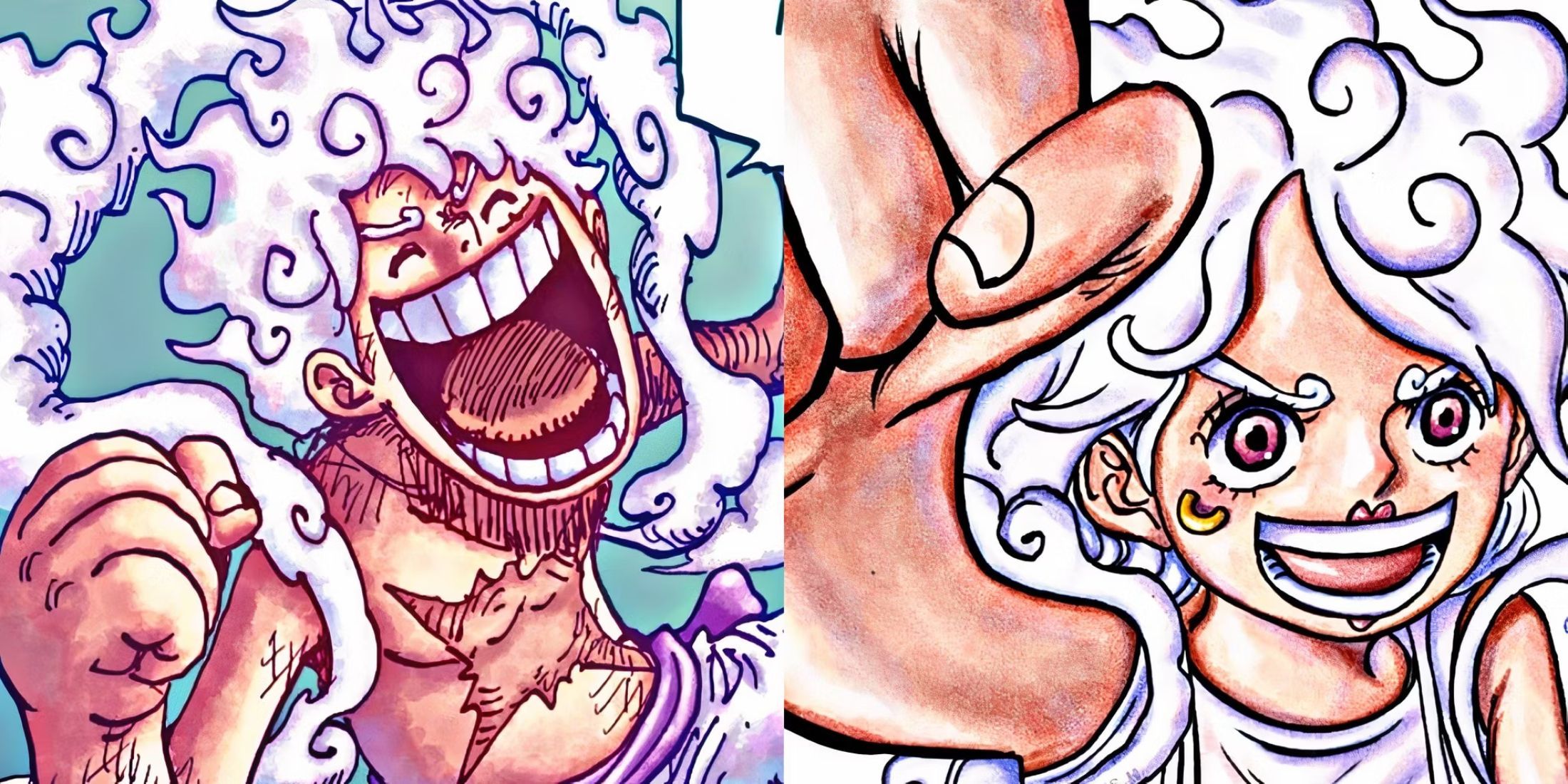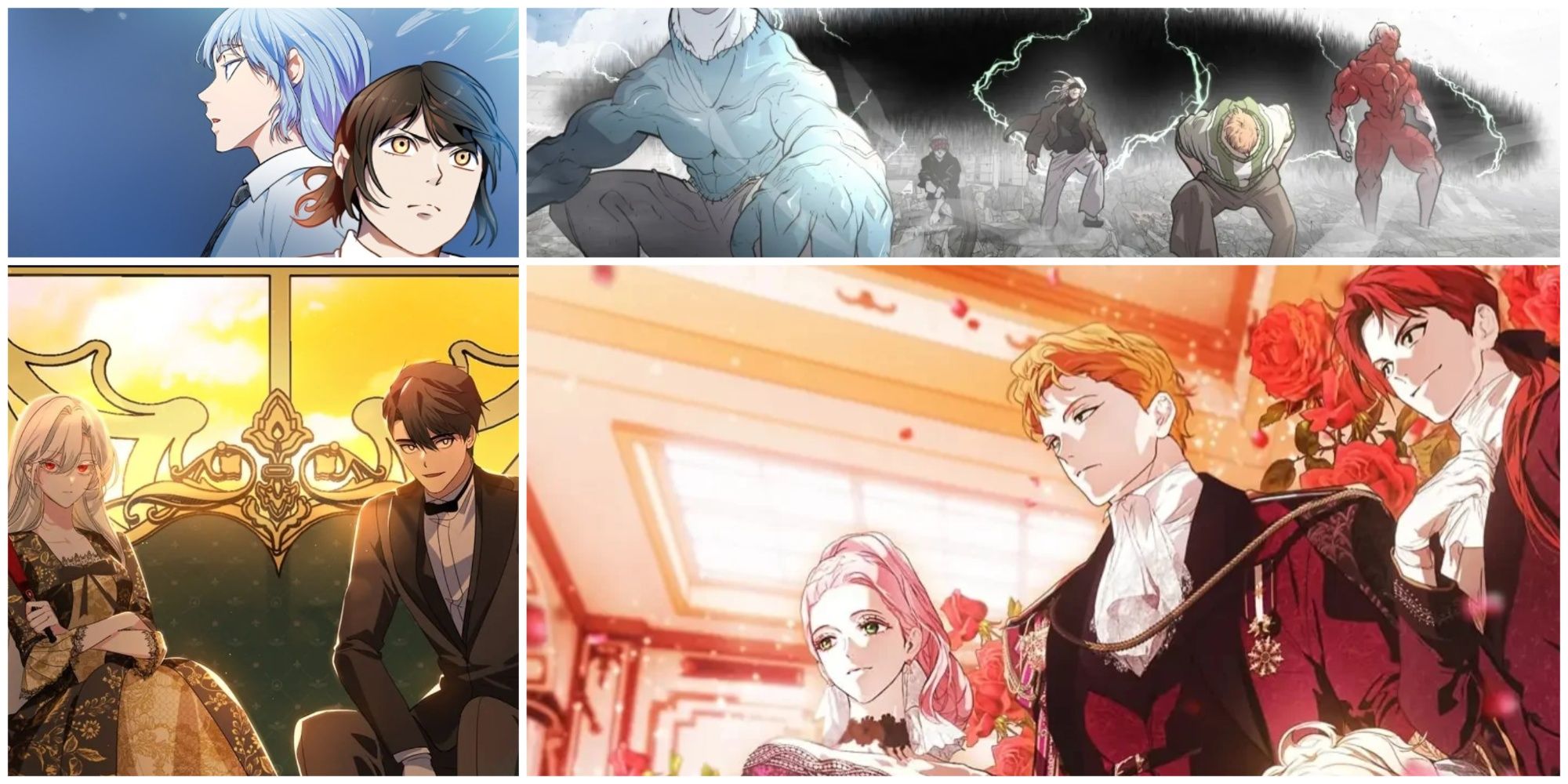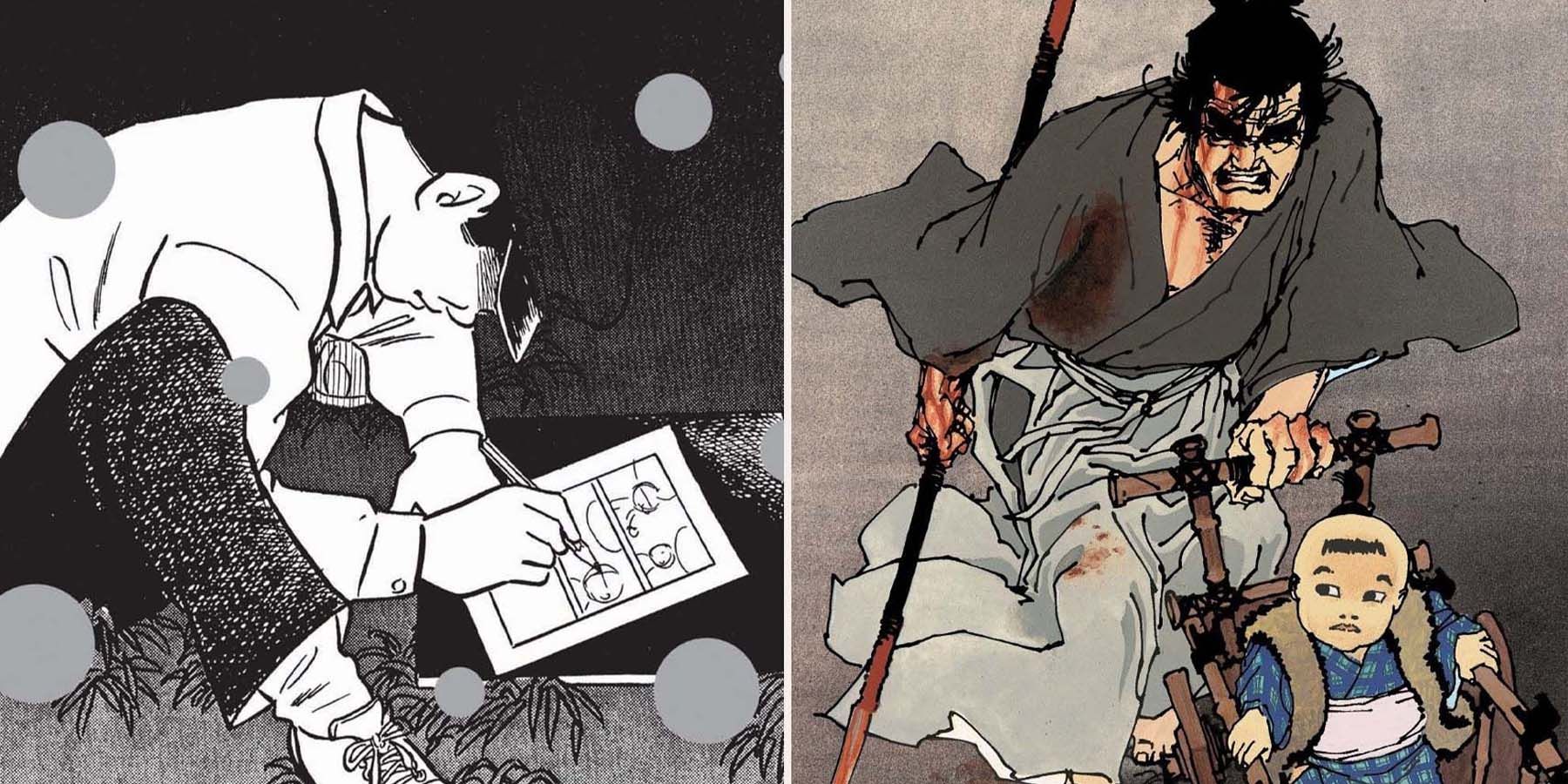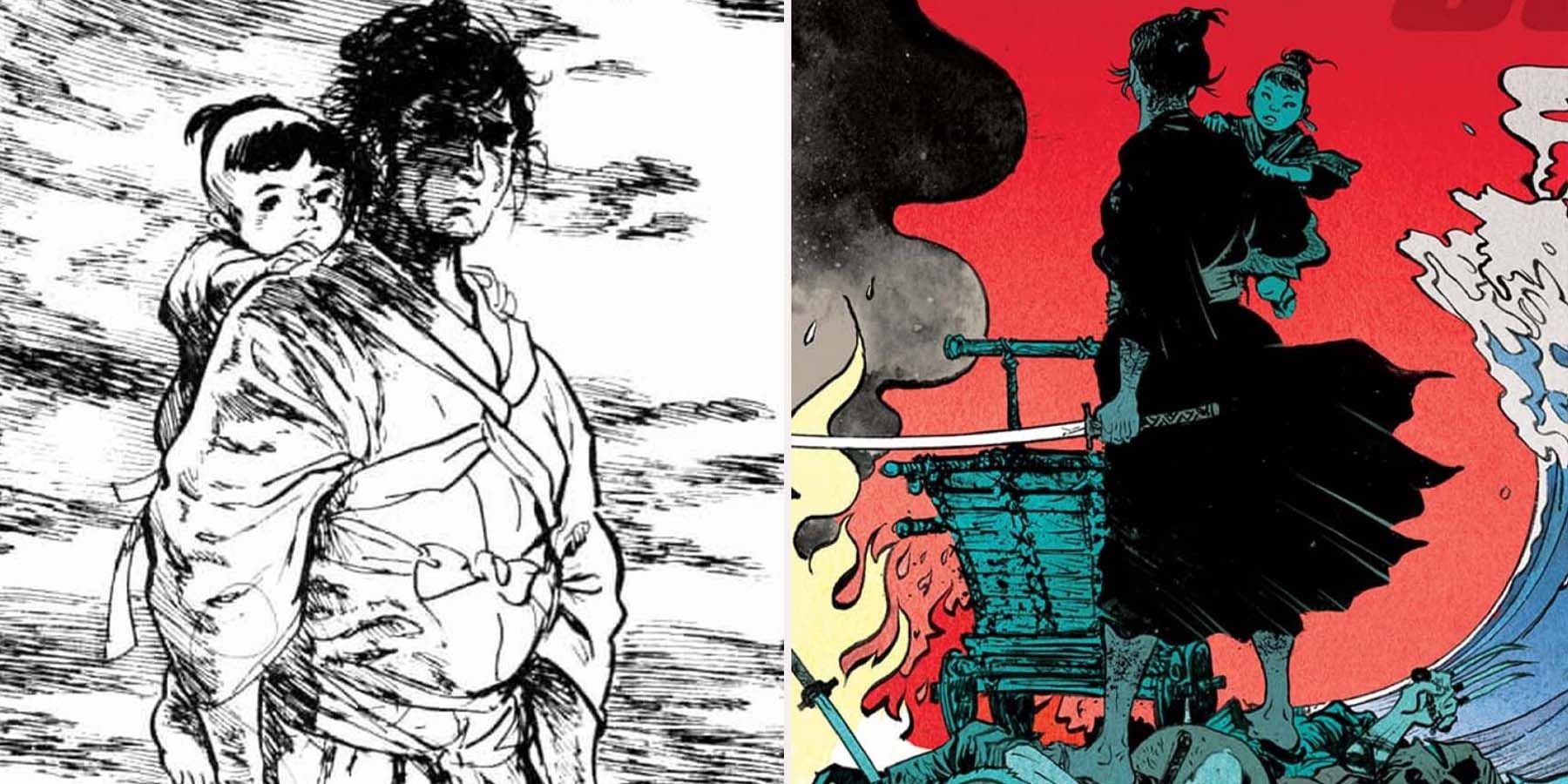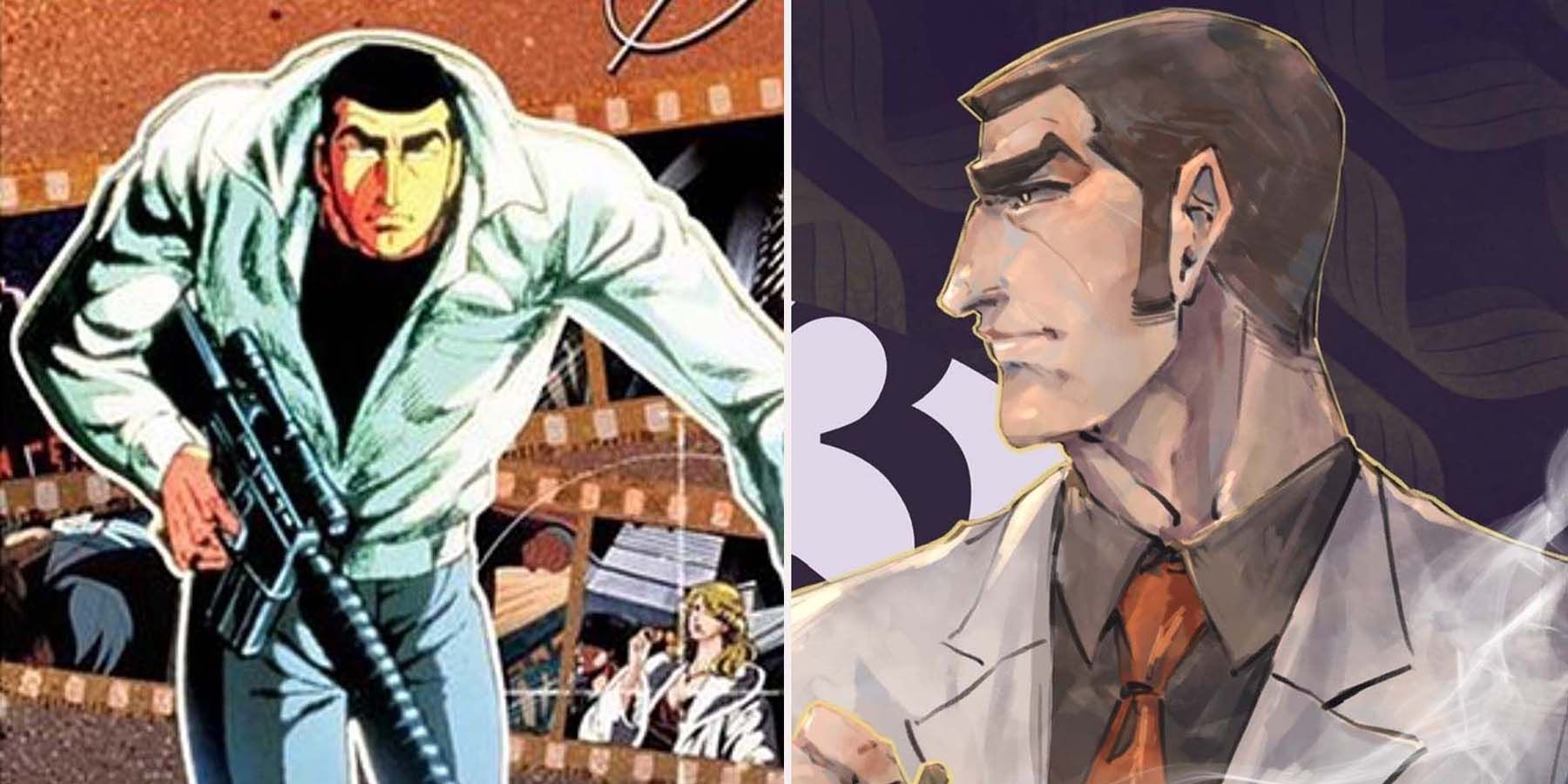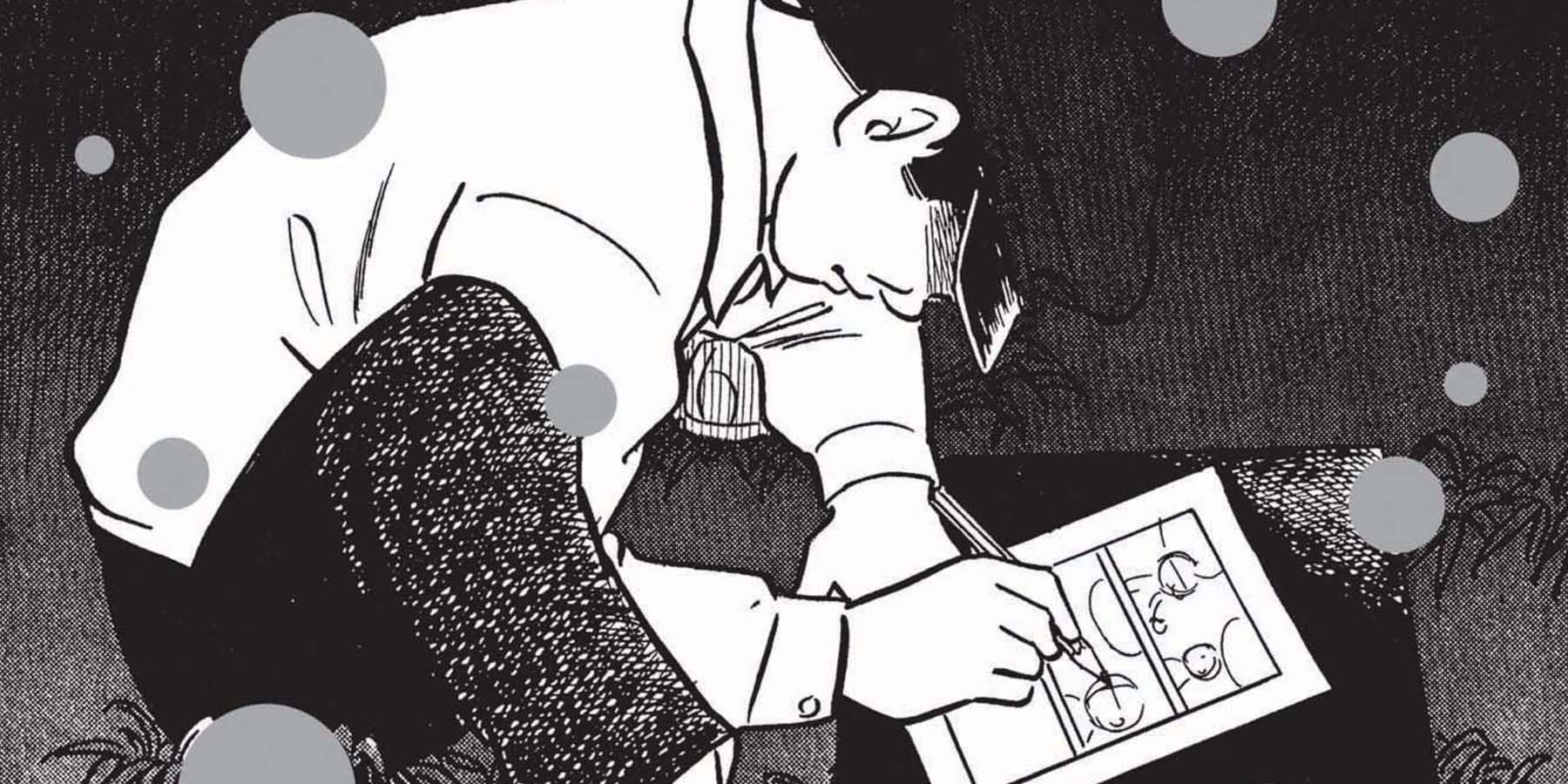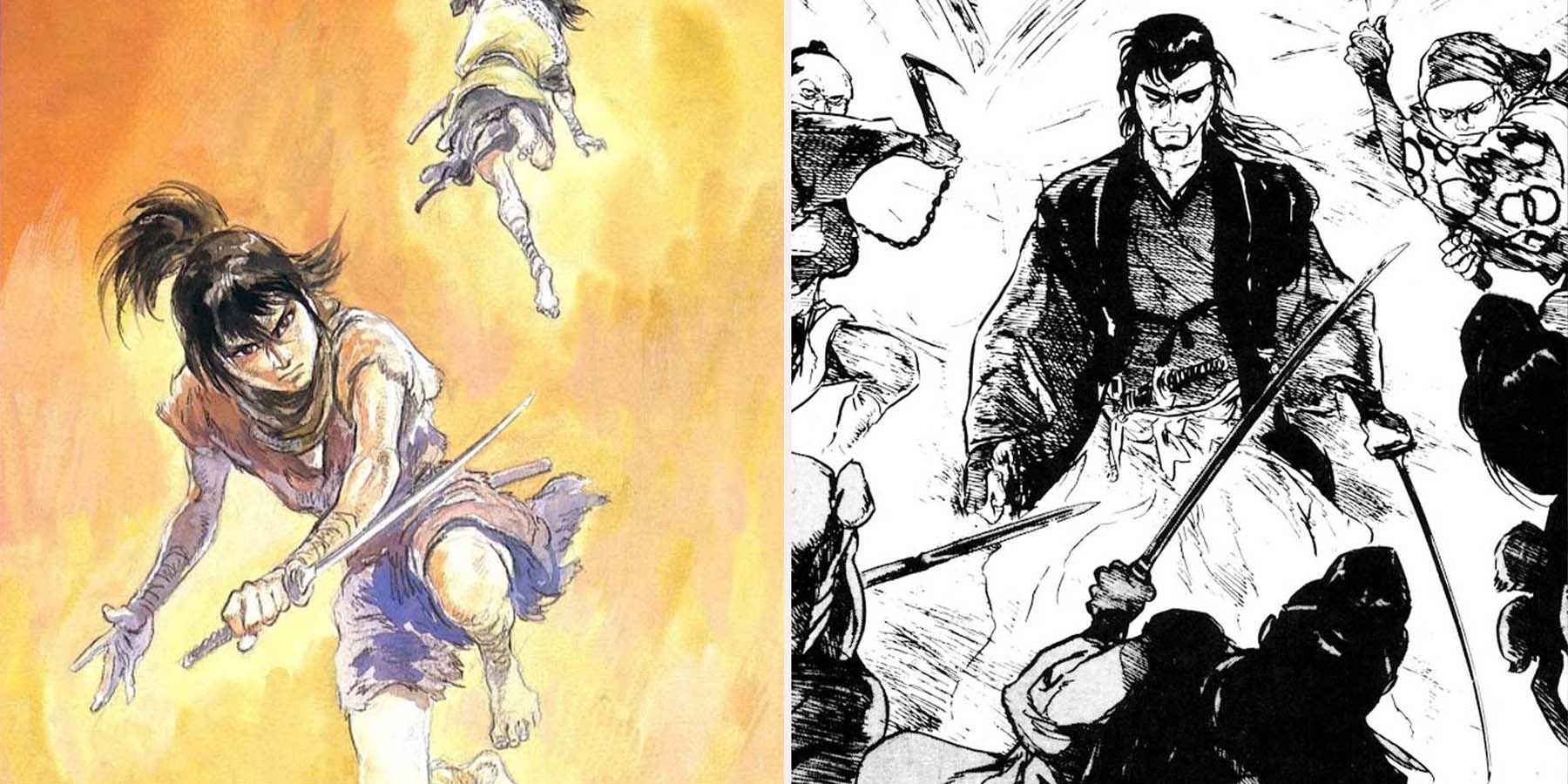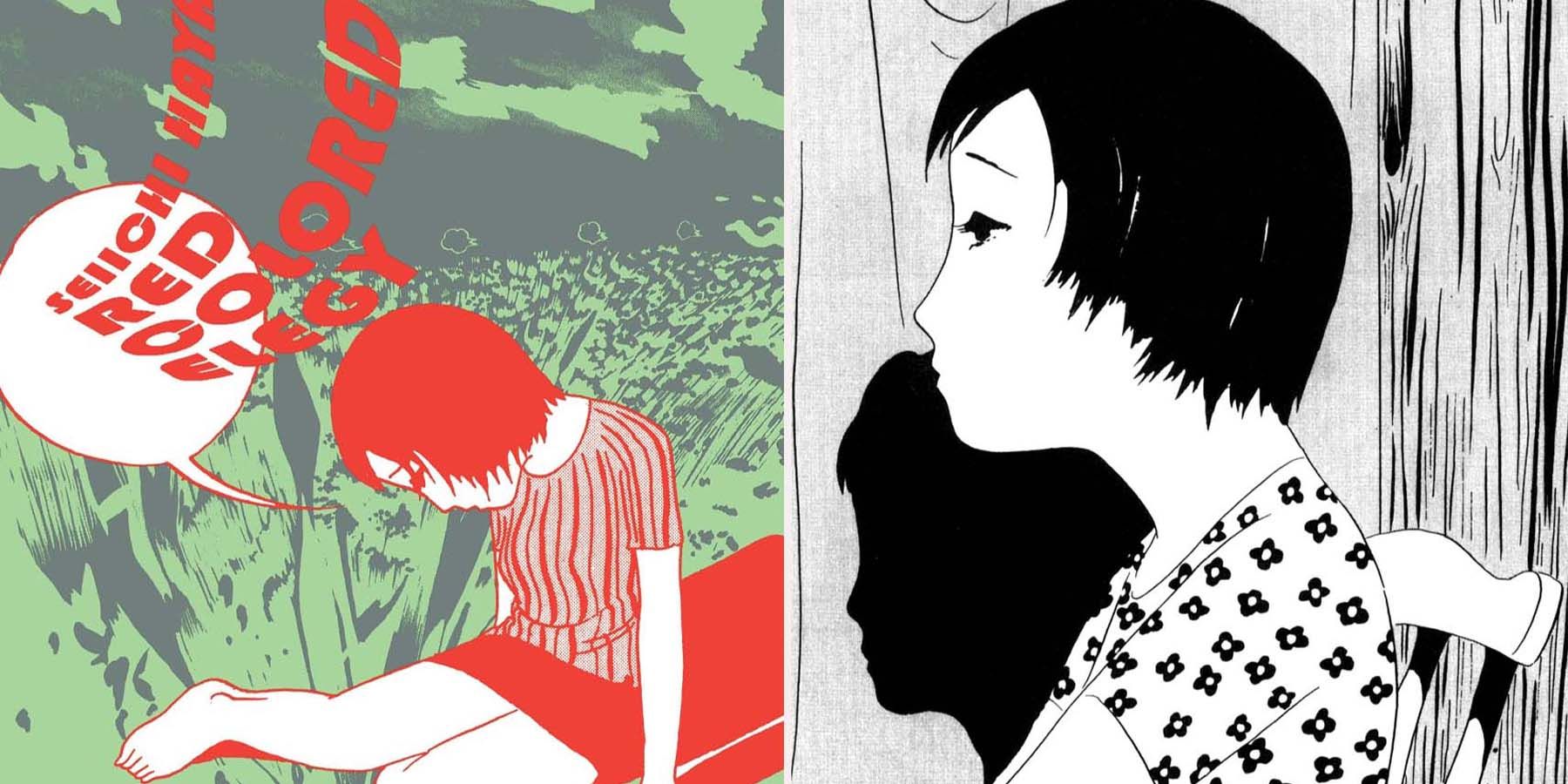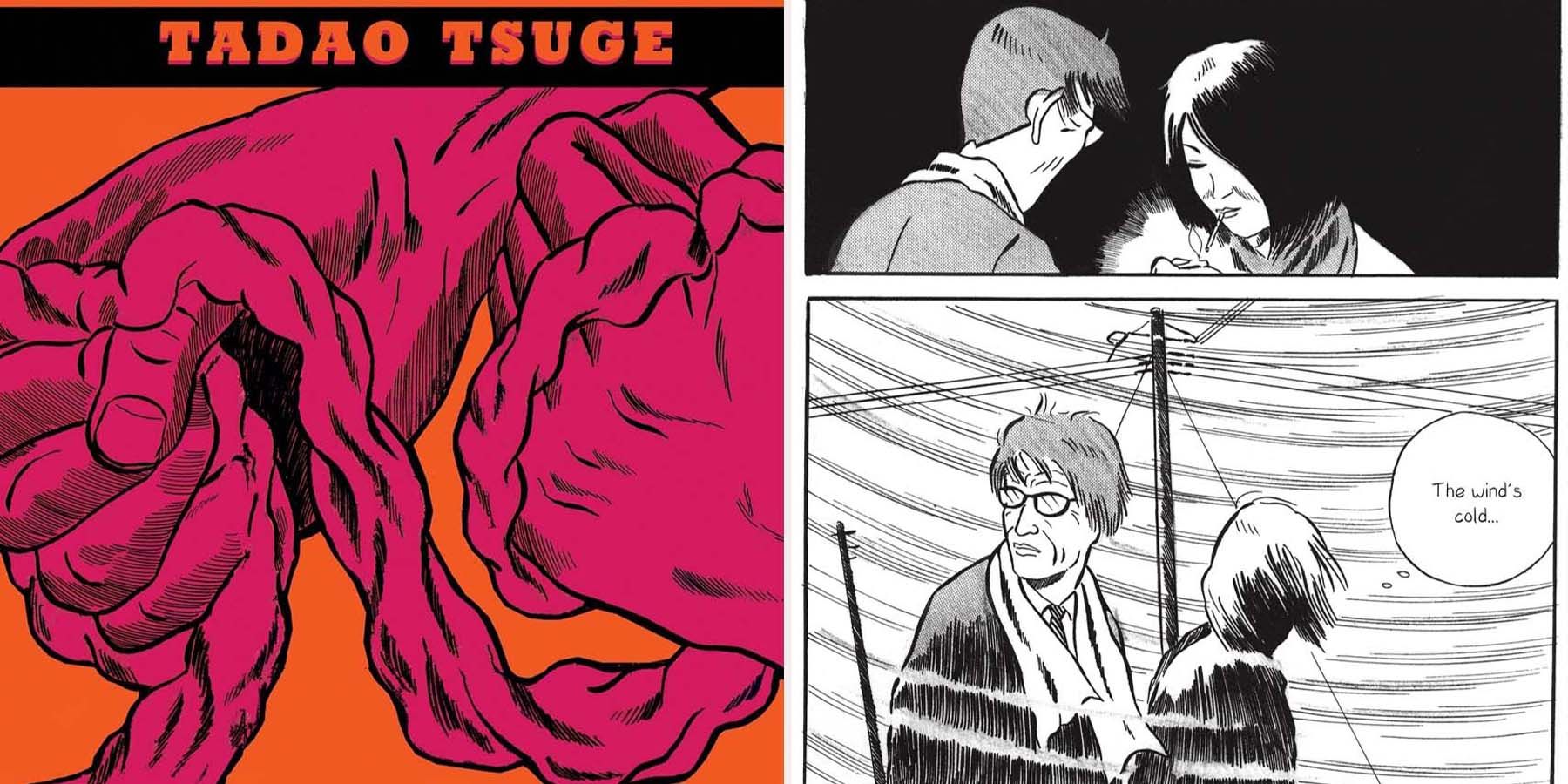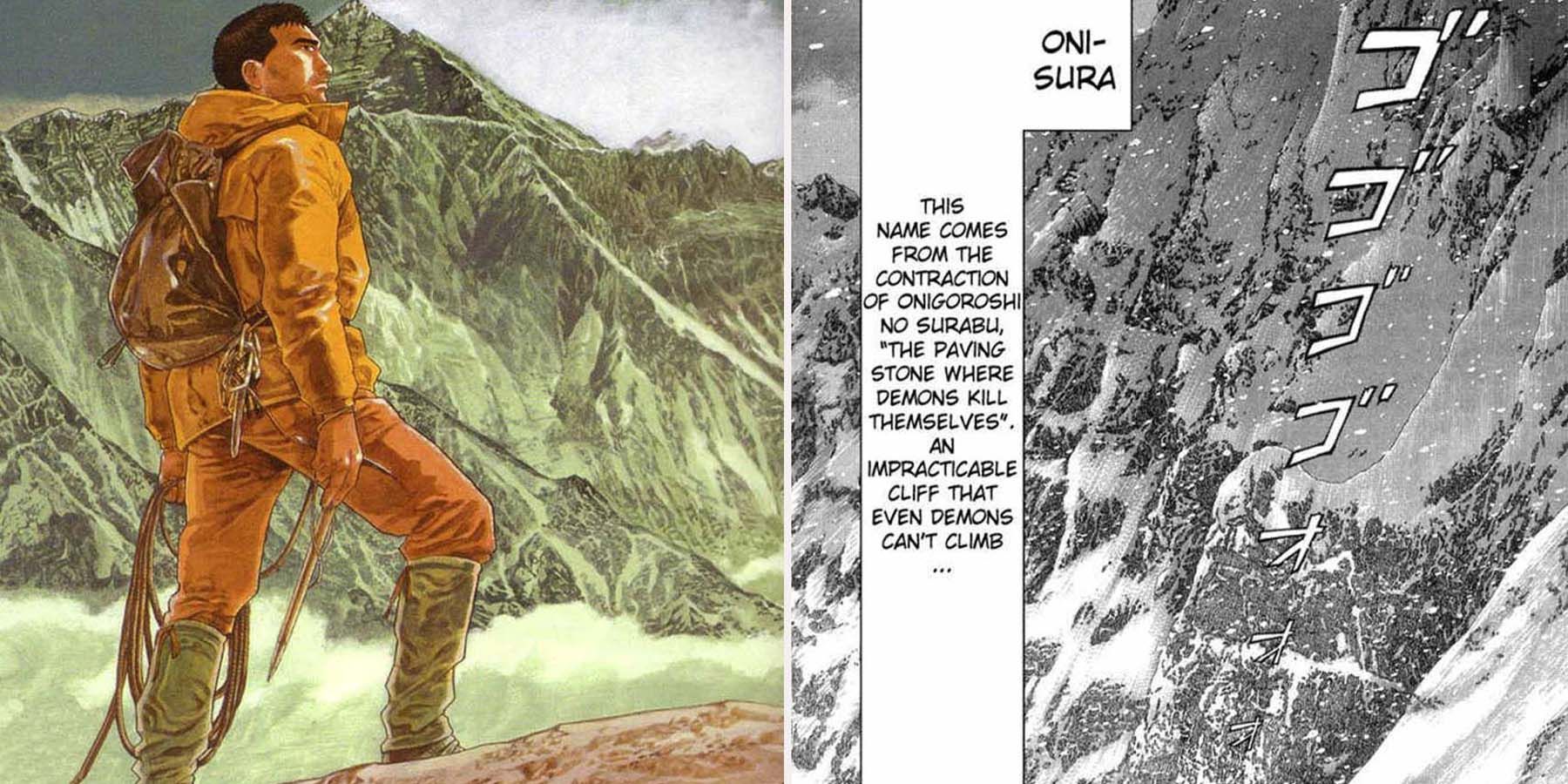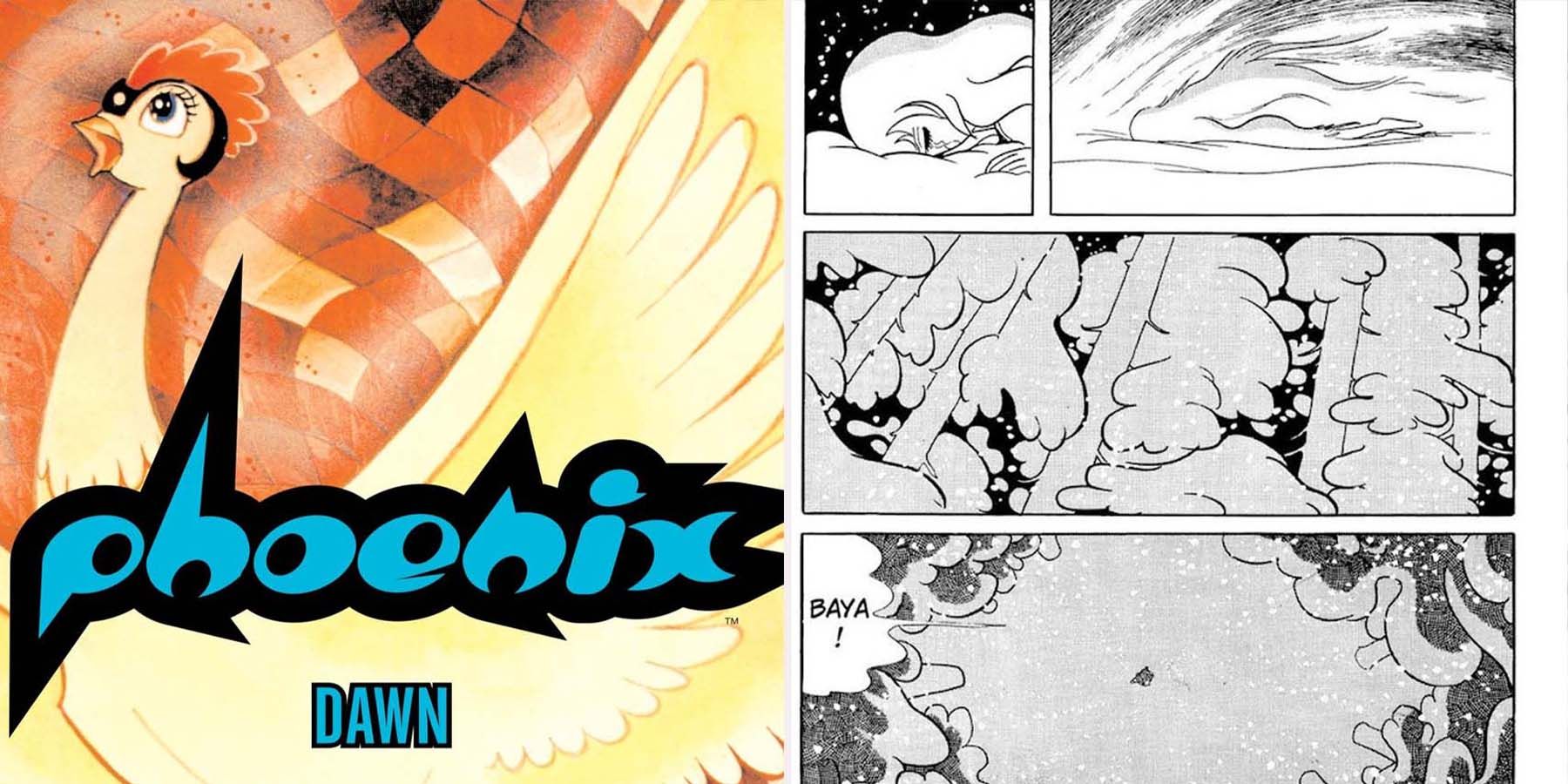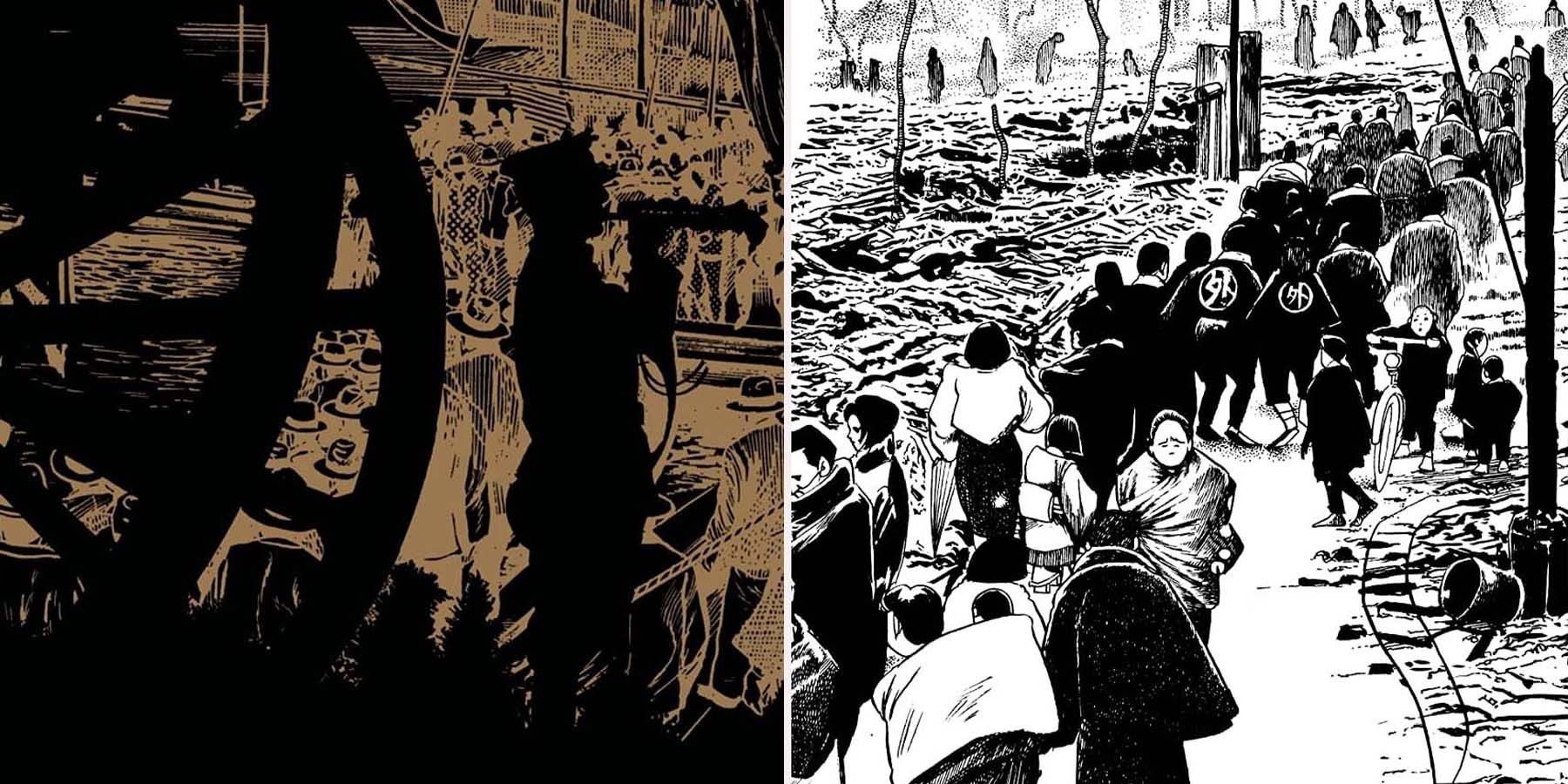Gekiga is a term used to refer to adult-oriented manga, most of which were released between the late '50s and '70s. These stories are defined by mature themes, realistic art, and graphic imagery. Quite a number of the genre's classic works are short stories, although many of the greatest gekiga releases opt for long-form narratives. Their presentation is also quite cinematic, blending visual storytelling with rather long passages of dialogue.
While there is hardly a lack of modern manga marketed towards adults, gekiga has become rare in this day and age. The style has been diluted to refer to pieces that rely heavily on brutality and eroticism, elements that are present but not dominant in the earliest gekiga manga.
For those looking to dip their toes into this non-mainstream side of the industry, here are the best gekiga manga for newcomers.
Lone Wolf And Cub
- Author: Kazuo Koike
Arguably the most famous and greatest gekiga manga of all time, Lone Wolf and Cub is a harrowing tale set during the 1700s in Japan. The Shogun's executioner, a position designed to assist people with committing seppuku, Ogami Itto is betrayed and goes on the run with his young son, a path driven by vengeance and soaked in blood, loss, and sacrifice.
Lone Wolf and Cub is a challenging read, a character-driven manga that also pays close attention to the minor details that make its historical setting come alive. A stoic samurai, Itto's purposefully vicious nature is at direct odds with his son's naivety, creating a dynamic that remains effective throughout the manga's long run.
Golgo 13
- Author: Takao Saito
Golgo 13 debuted in 1968 and is still somehow ongoing. The manga centers around the eponymous assassin, a professional so effective he makes the likes of John Wick seem like a pushover. Golgo 13's episodic nature and action-oriented subject matter give the series an approachability that many other gekiga manga lack, even if the chapters vary considerably in terms of quality.
Golgo 13 is at its best when it pushes its assassin to the backburner, focusing more on the myth that surrounds him rather than the person himself.
A Drifting Life
- Author: Yoshihiro Tatsumi
One of the most important figures in the creation and establishment of gekiga, Yoshihiro Tatsumi's legacy in manga history is well cemented. Tatsumi's Black Blizzard and Ghost Taxi are considered the genre's earliest representatives, and those seeking an introduction into gekiga should consider picking up Good-Bye, a collection of nine shorts written by the mangaka in the early '70s.
An autobiography, A Drifting Life covers Tatsumi's life and, by extension, acts as a record of gekiga. Some familiarity with the genre is essential to fully appreciate A Drifting Life's historical significance, but it is still a powerful piece of literature without that reference point.
Kamui
- Author: Sanpei Shirato
Opening its doors in 1964, Garo was a magazine that attracted mangaka seeking to tell stories that didn't fit into the mainstream. This made the publication popular with gekiga writers, and the company's first manga was Sanpei Shirato's Kamui.
While Kamui's sequel, Kamui Gaiden, proved to be more popular in the west, the original story holds up well. Taking place during Japan's Edo era, Kamui is named after a ninja who leaves his clan and then spends the rest of his days trying to avoid being killed by them. Violent and intense, Kamui stands out due to the way it explores the toll of being constantly on the run has on the title character's psyche.
Red Colored Elegy
- Author: Seiichi Hayashi
Another manga published by Garo, Red Colored Elegy feels like a snapshot into the minds of creators working outside the popular bubble in the '60s and early '70s. The manga observes two artists struggling to come to grips with the conventional requirements of the artistic scene, showing the impact it has on their self-esteem and relationship.
Driven entirely by emotion, Red Colored Elegy doesn't follow a traditional narrative structure, opting to capture moments of depression, frustration, and hopelessness. It is bleak.
Slum Wolf
- Author: Tadao Tsuge
A collection of short stories written by Tadao Tsuge during the '60s and '70s, Slum Wolf compiles some of the influential mangaka's most acclaimed pieces into one upsetting read. Tsuge's works generally follow people stuck on the outskirts of a community, wanderers who either do not have a place in society or struggle to satisfy the demands placed upon them.
Containing only brief flashes of happiness or comfort, Slum Wolf presents fleeting looks into the lives of souls who have slipped through the cracks, disappearing into pitch-black shadows and all-consuming emptiness.
The Summit Of The Gods
- Author: Jiro Taniguchi
Recently adapted into an anime available on Netflix, The Summit of the Gods is about climbing Mount Everest, and the manga will not make someone long to take on the challenge. The Summit of the Gods is preoccupied with the reason someone would be willing to risk everything to take on a deadly task that offers prolonged exhaustion and suffering.
Published in the early 2000s, The Summit of the Gods is a more recent example of gekiga; consequently, it is one of the more accessible entries in the genre.
Phoenix
- Author: Osamu Tezuka
As the mangaka behind Astro Boy, Dororo, Kimba the White Lion, and Black Jack, Osamu Tezuka needs no introduction, but his Phoenix just might. Although not exclusively a gekiga author, Tezuka did dive into the genre later in his career, with Phoenix serving as his magnum opus.
Unfortunately, Tezuka passed away before completing Phoenix, although 12 volumes were still released, each of which covers a unique story set in a different era. Tezuka's storytelling is nearly flawless, and Phoenix is a perfect representation of the legendary creator's talent.
Showa: A History Of Japan
- Author: Shigeru Mizuki
An ambitious manga of few peers, Showa: A History of Japan is a must-read for anyone looking to explore the country's 20th-century history. Shigeru Mizuki blends autobiographical sections with historical passages, utilizing both stylized and realistic imagery to convey the two worlds. The result is an engrossing read that feels both personal and impartial.
Showa: A History of Japan takes a complicated topic and makes it approachable to readers from across the world. The manga's art is fantastic, its pacing is immaculate, and its themes are relatable.

